The 10 Worst U.S. Presidents, According to Both Conservatives and Liberals
Since the founding fathers elected George Washington as the first president of the United States in 1789, 46 different men have taken on the almost impossible task of leading the nation.
Being the President of the United States is not only one of the hardest jobs to get, but it’s also exceptionally challenging to do well. No matter how hard a president tries to do what’s best for the country, there will always be those who dislike his methods and decisions. However, there are some presidents who fared worse than others in the minds of Americans. Here are the ten worst presidents of all time.
Zachary Taylor: National Hero, Unimpressive Presidency
Zachary Taylor was a career army officer before he ran for president of the nation he spent his life fighting to protect. Taylor was only president for one year, from 1849 to 1850, as he died from cholera that year at only 65 years old.
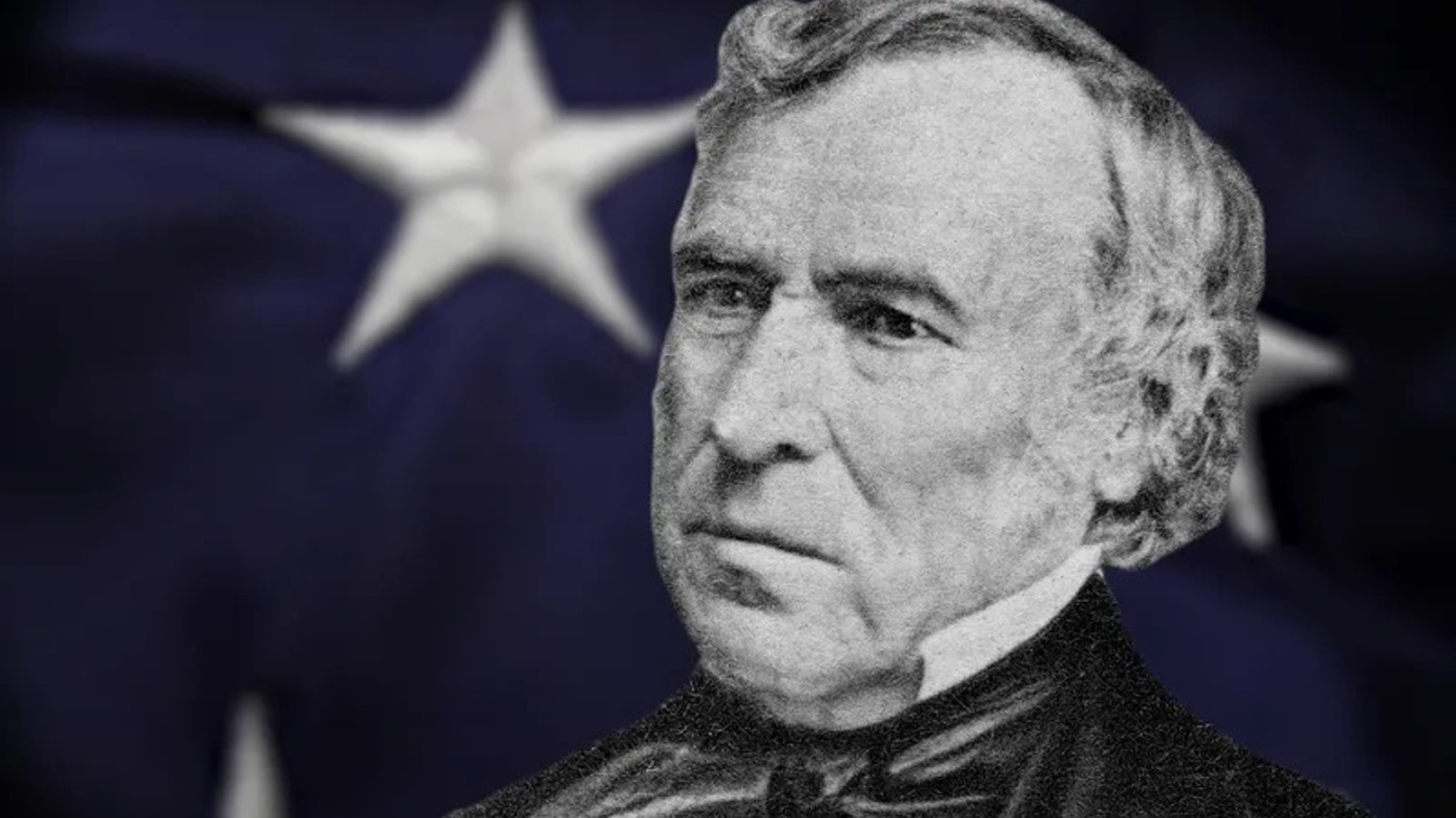
Source: Britannica
But during Taylor’s year in the Oval Office, Americans were already dissatisfied with his lackluster leadership. Many argued (and still do) that he was too nonpolitical, apathetic, and simply unprepared for the role.
Expansion of Slavery under Taylor's Presidency
Zachary Taylor, a slave owner himself, held an ambiguous stance on the expansion of slavery, which exacerbated tensions leading to the Compromise of 1850.
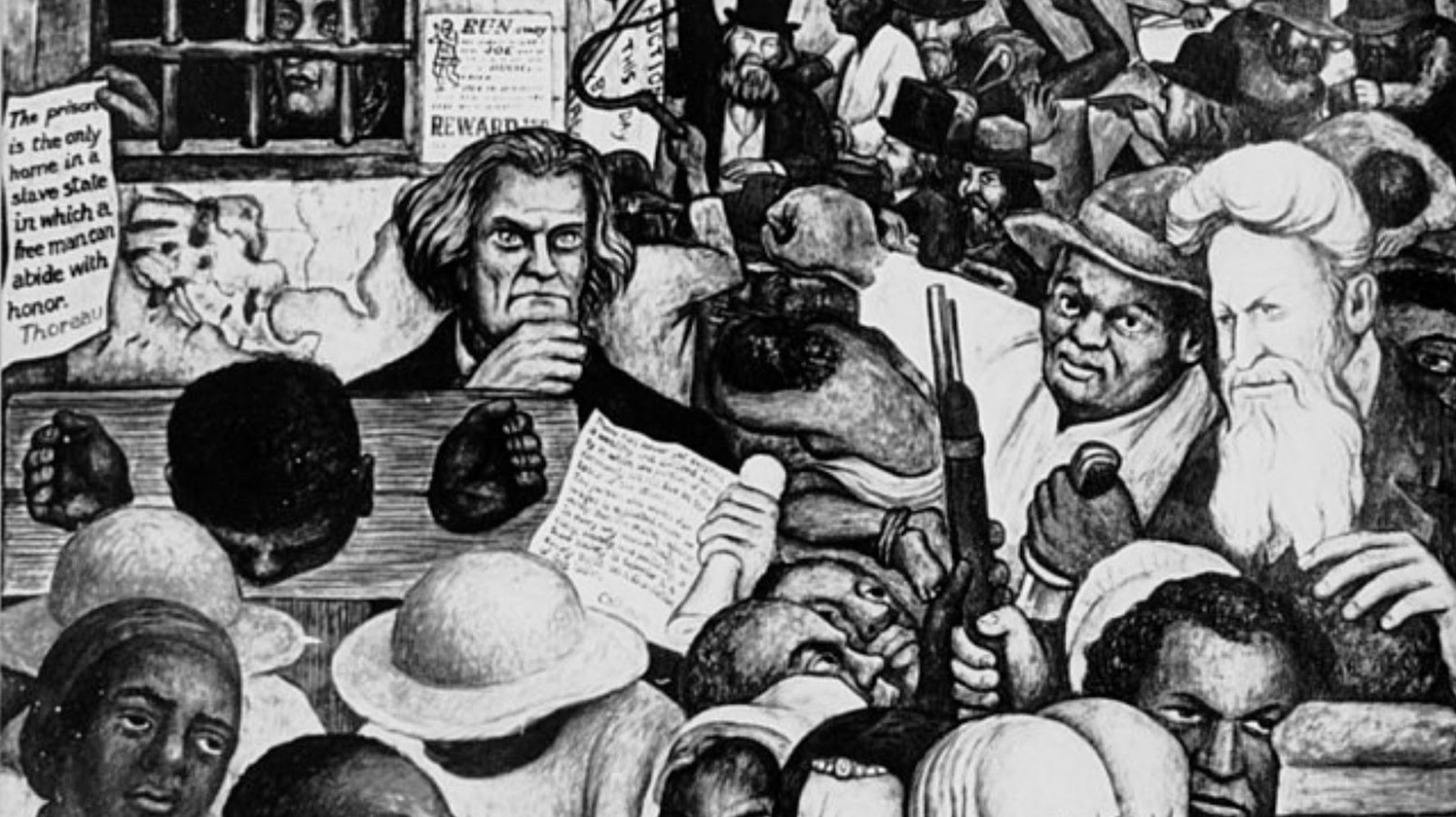
Source: Diego Rivera/Wikimedia Commons
Although not directly involved due to his early death, his presidency coincided with critical debates over territories acquired in the Mexican-American War, indirectly influencing the sectional crisis that escalated into conflict.
Herbert Hoover: Exacerbator of the Great Depression
Herbert Hoover was president from 1929 to 1933, which means he was in power during the start of the Great Depression. And while it would be impractical to blame the stock market crash and subsequent economic crisis on one man, Hoover certainly didn’t help the situation.

Source: Wikipedia
Many historians say Hoover fueled international trade wars, was far too fiscally conservative, and generally presented as uncaring and even mean. Overall, he was neither well-loved nor appreciated by his constituents.
The Bonus Army Incident
During the depths of the Great Depression, Herbert Hoover’s administration was marred by the Bonus Army incident in 1932, where thousands of World War I veterans were violently removed from Washington D.C. while demanding early pension payments.
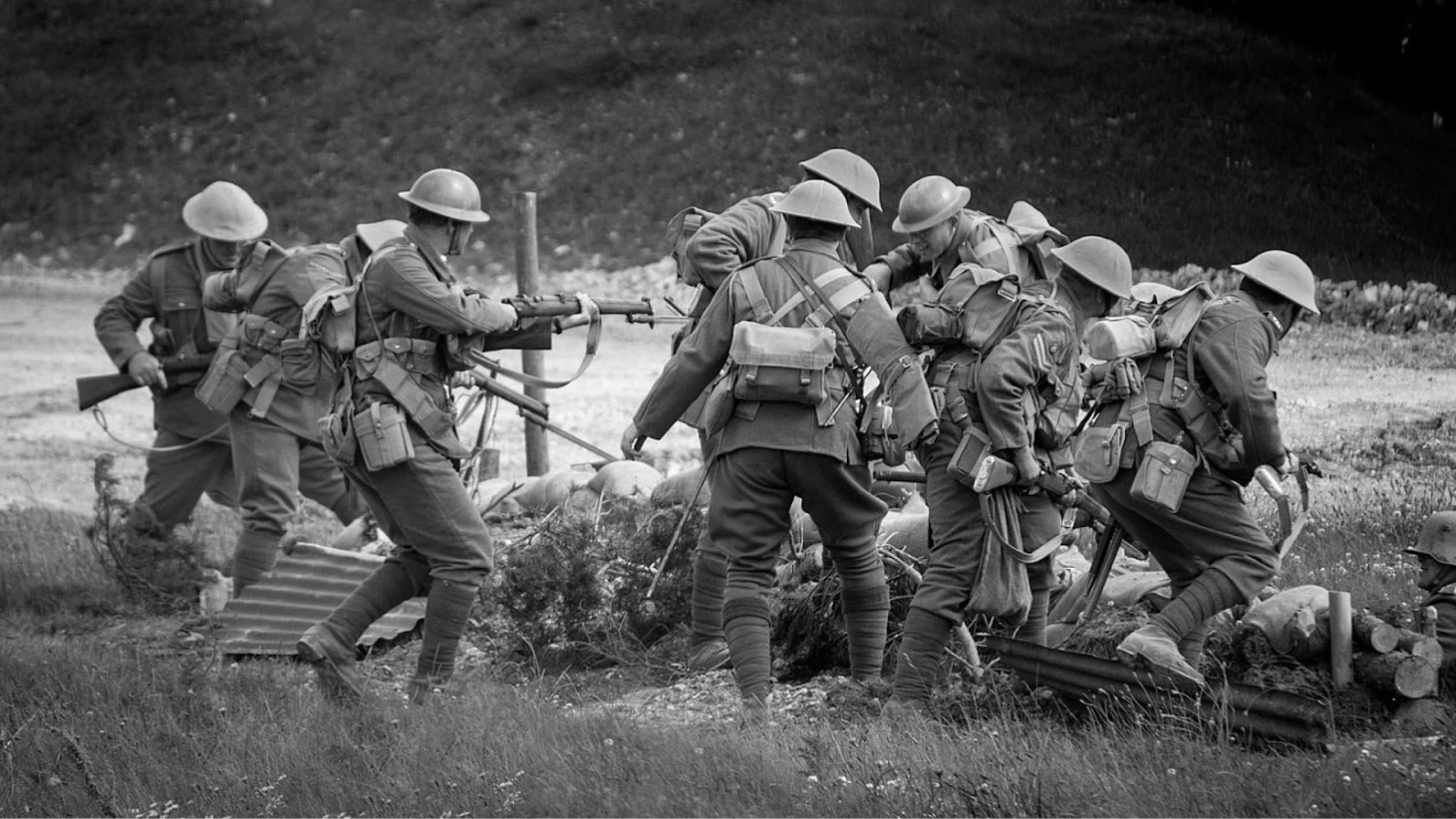
Source: Wikimedia Commons
This event severely damaged Hoover’s reputation and highlighted his administration’s failure to address the economic and social needs of suffering Americans.
Warren G. Harding: Once Popular, Now Regarded as One of the Worst
During his time as president from 1921 to 1923, Warren G. Harding was considered by most Americans to be a good, if not great, leader. However, after he died only halfway through his term, several scandals came to light that made Americans wonder how they could ever have supported him.

Source: Wikipedia
Apparently, Harding had appointed several corrupt officials to important positions and had several extramarital affairs, which led to the births of children who he publicly denounced. Now, in regard to personal integrity, Harding is certainly considered one of the worst presidents of all time.
The Teapot Dome Scandal
Warren G. Harding’s presidency is notorious for the Teapot Dome scandal, one of the most blatant examples of government corruption in U.S. history.
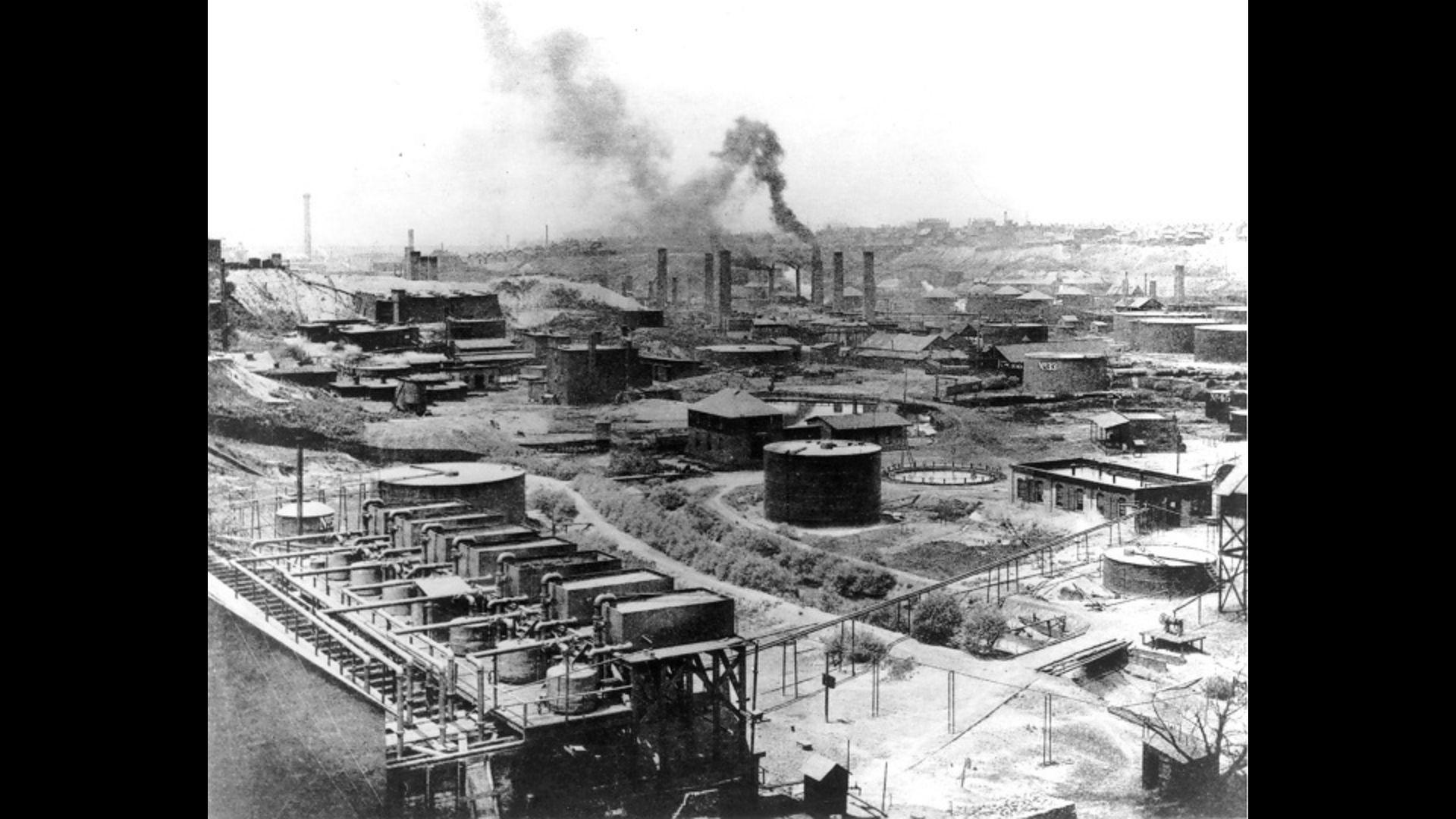
Source: Wikipedia
Harding’s failure to manage his appointees allowed them to siphon off oil reserves for personal gain, which only came to light after his death, leaving a legacy tainted by scandal and inefficiency.
Millard Fillmore: Known for Allowing the Spread of Slavery
Millard Fillmore wasn’t elected as president but instead inherited the job because he was the vice president to Zachary Taylor. In 1850, he didn’t just take over The White House; he also immediately passed the Compromise of 1850, which many say changed the United States forever, and not in a good way.
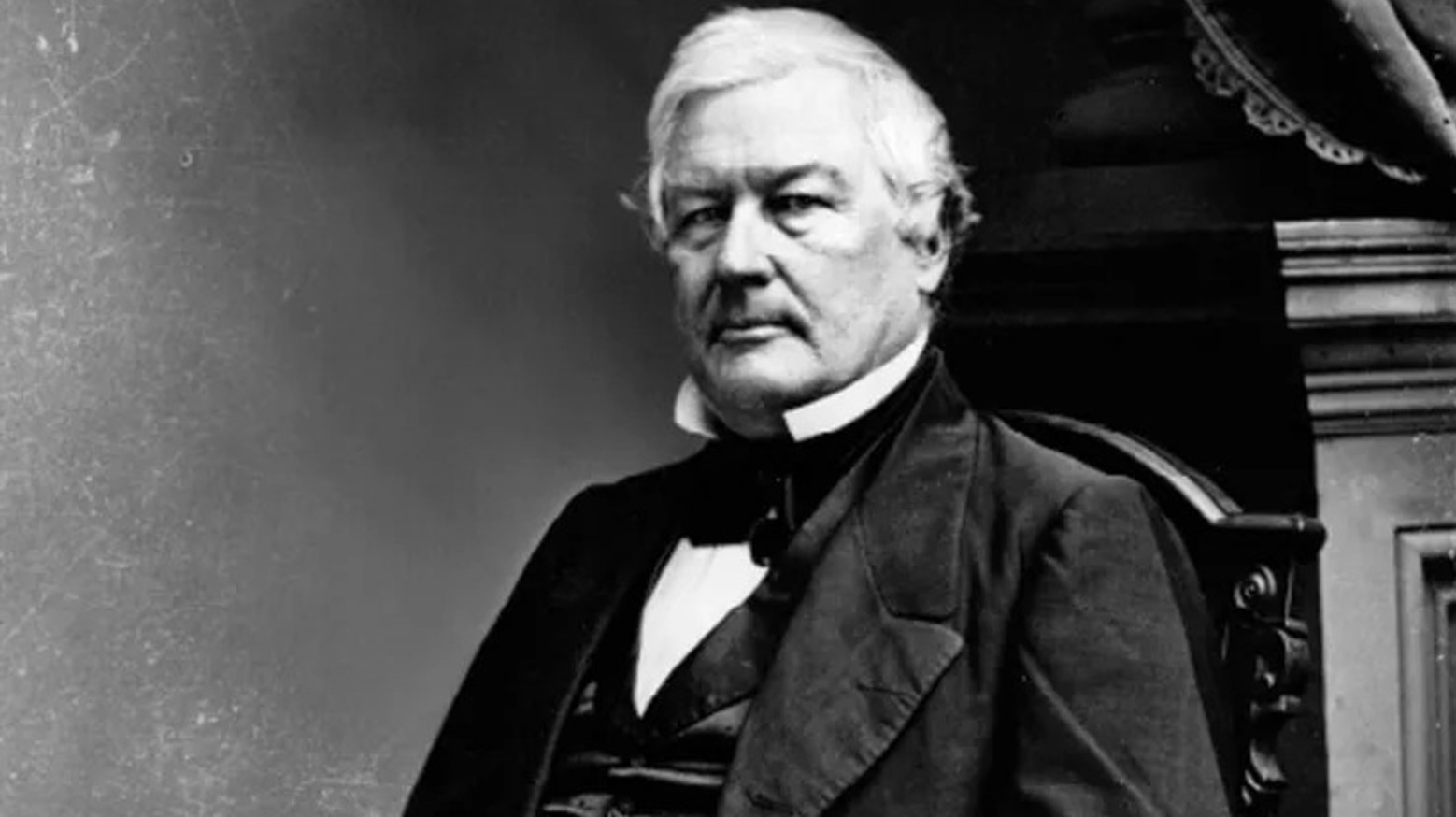
Source: Britannica
The Compromise of 1850 allowed slavery to continue and even included the Fugitive Slave Law, which ensured the federal government would return runaway slaves to their homes in the South. This decision led to thousands of slaves being apprehended and forced back into slavery for more than a decade, a decision that every modern person considers unconscionable.
Enforcement of the Fugitive Slave Act
Millard Fillmore’s signing of the Fugitive Slave Act as part of the Compromise of 1850 committed the federal government to severely punish anyone who assisted runaway slaves.

Source: John Raphael Smith/Wikimedia
This act was one of his most controversial decisions, deepening the North-South divide and exacerbating sectional tensions that were already near breaking point.
William Henry Harrison: One Sad Month in the White House
William Henry Harrison was only president for 30 days. Just one month after his inauguration, the Virginian died of pneumonia and passed the torch to his vice-president, John Tyler.

Source: Britannica
The only real significant decision he made during his month-long tenure was to ensure more land for settlers. Of course, this was at the peril of the Native Americans already living on that land. Of all the US presidents, Harrison could be considered the worst enemy of the Native American people.
Aggressive Indian Removal Policies
Before his presidency, William Henry Harrison was instrumental in negotiating treaties that heavily favored white settlers and disadvantaged Native Americans, leading to significant land loss for tribes in the Indiana Territory.
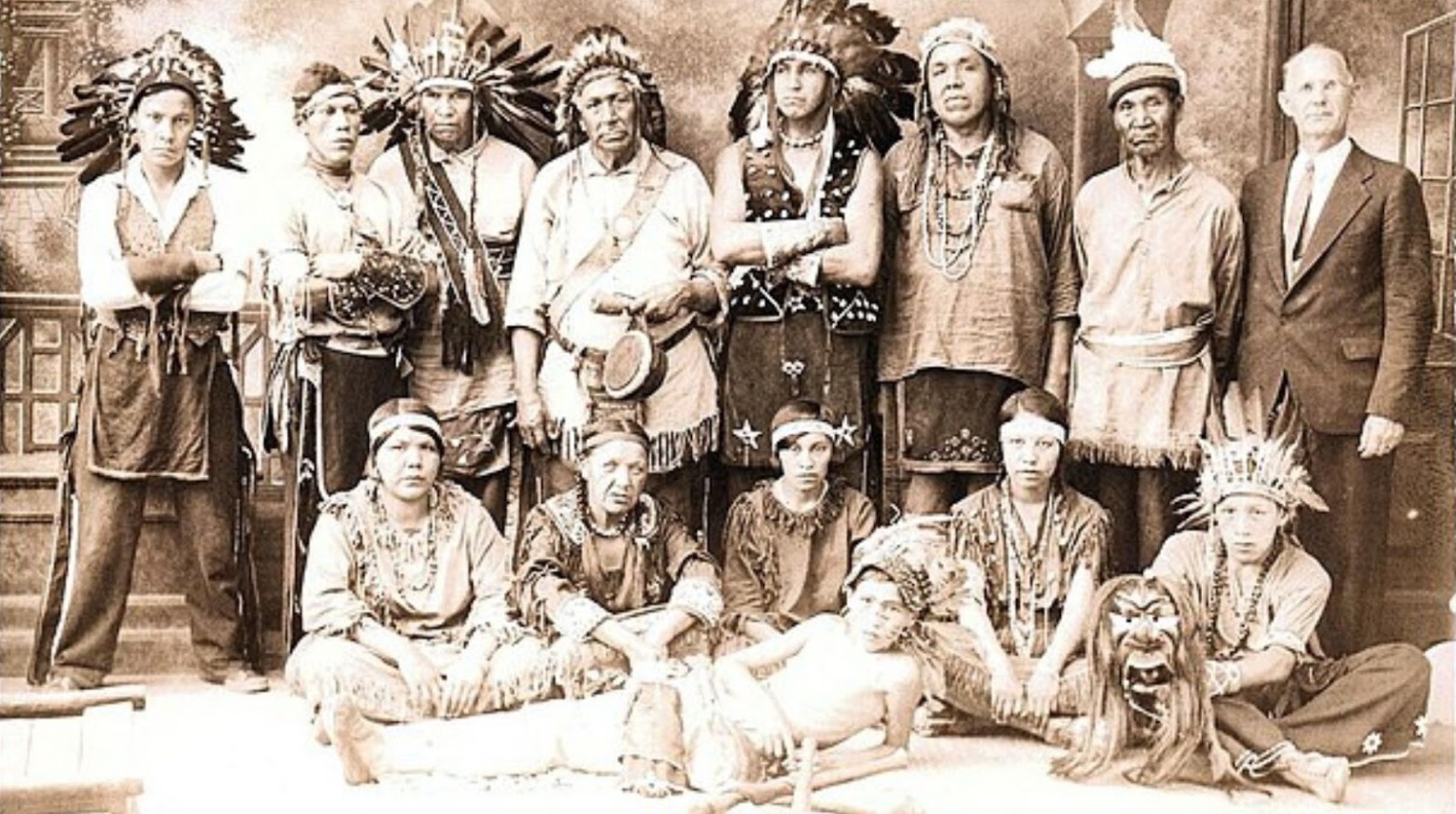
Source: Self Scanned/Wikimedia Commons
His short presidency continued these policies, which would have long-lasting negative impacts on Native American communities.
Franklin Pierce: A Northerner With a Soft Spot for Slavery
Even though Franklin Pierce came from the Northern state of New Hampshire, he was known for having a soft spot for slavery. When he was elected in 1853, he almost immediately passed the Kansas-Nebraska Act of 1854, which effectively led to the expansion of slavery in the United States.

Source: Wikipedia
President Theodore Roosevelt later called Pierce “a servile tool of men worse than himself … ever ready to do any work the slavery leaders set him.”
The Ostend Manifesto
Franklin Pierce’s administration was marked by the Ostend Manifesto, a controversial document advocating for the acquisition of Cuba as a slave state.
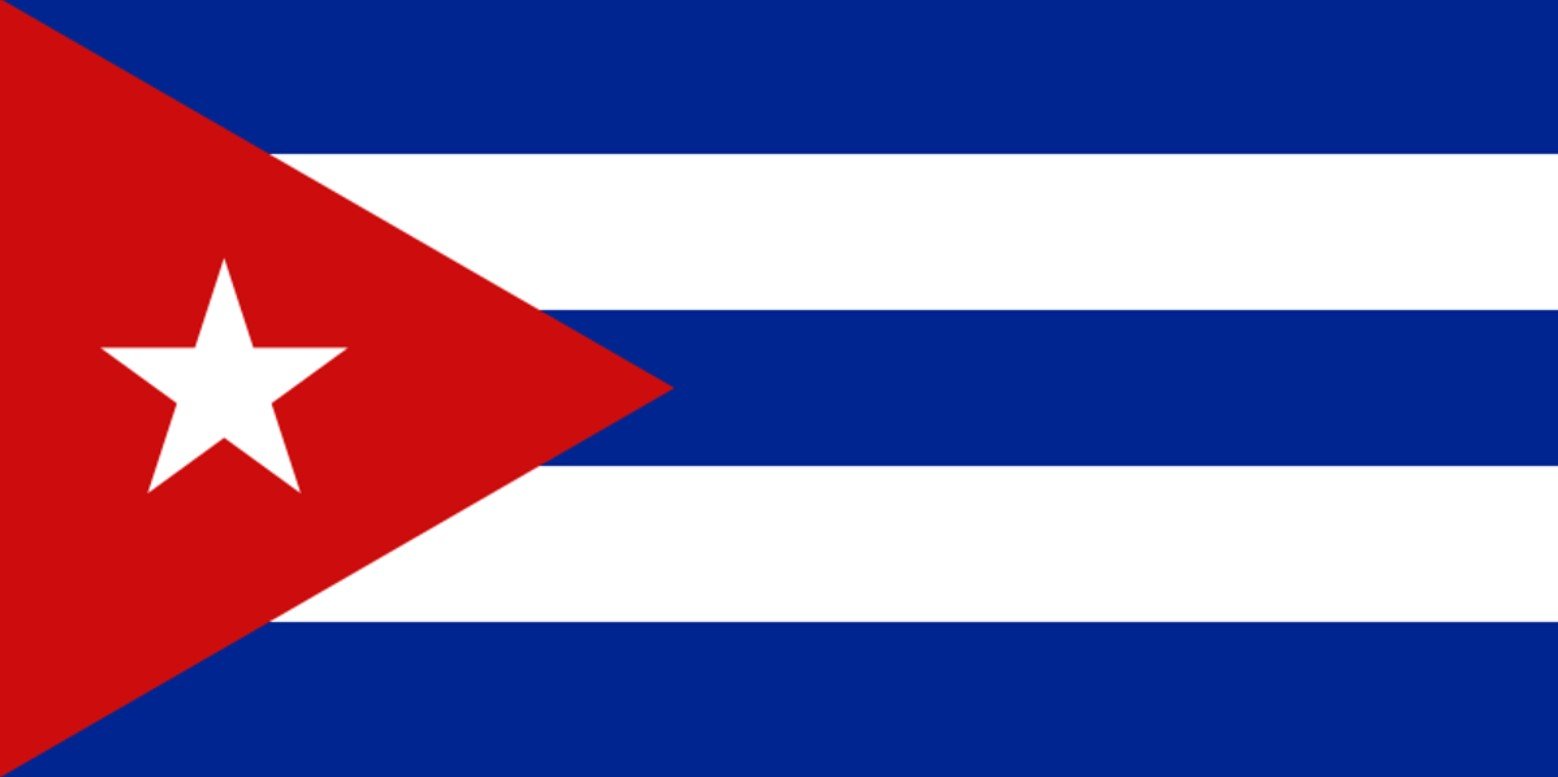
Source: Wikipedia
This move, driven by Southern interests, was widely criticized and seen as an attempt to extend slavery, further straining relations between the North and South.
John Tyler: Turning His Back on His Party
After William Henry Harrison died after just 30 days in the Oval Office, his vice president, John Tyler, took over. Tyler is considered one of the ten worst presidents in history for several reasons, but one of the most interesting is that he was one of the only presidents to ever change parties after being elected.
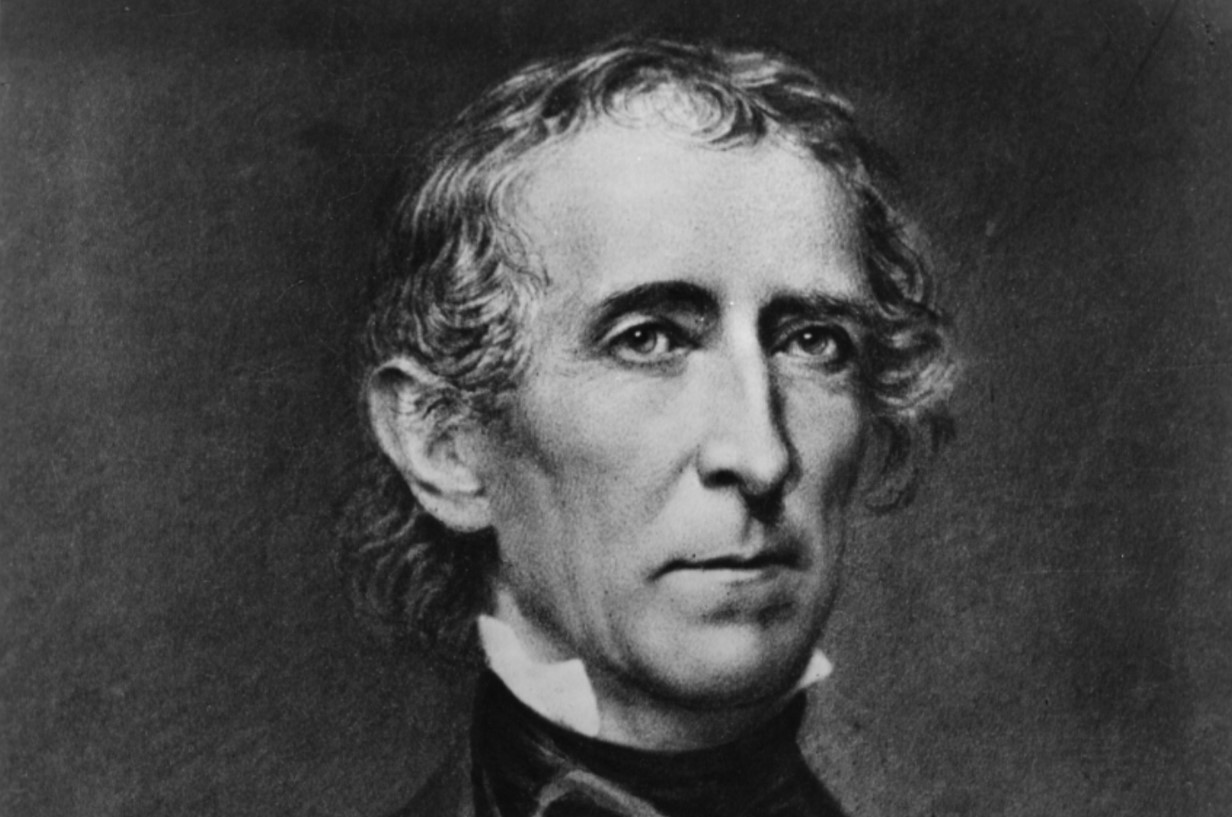
Source: Wikipedia
As a senator, Tyler was a staunch Jefferson Republican who protected tariffs and states’ rights. However, he changed his tune when running for vice president and became a Democrat. But then, during his presidency, he went back to his extremely conservative Republican ways, shocking and frustrating his voters.
Annexation of Texas and Slavery Expansion
John Tyler’s presidency saw the annexation of Texas, primarily driven by the desire to expand slavery into new territories.

Source: Chris Carzoli/Unsplash
This decision was highly controversial and exacerbated sectional tensions, setting the stage for conflict and division within the United States.
Andrew Johnson: A Horrible, Uncompromising Racist
Rumors flew as Andrew Johnson apparently gave his inauguration address while intoxicated, but that wasn’t nearly the worst thing he did during his presidency.
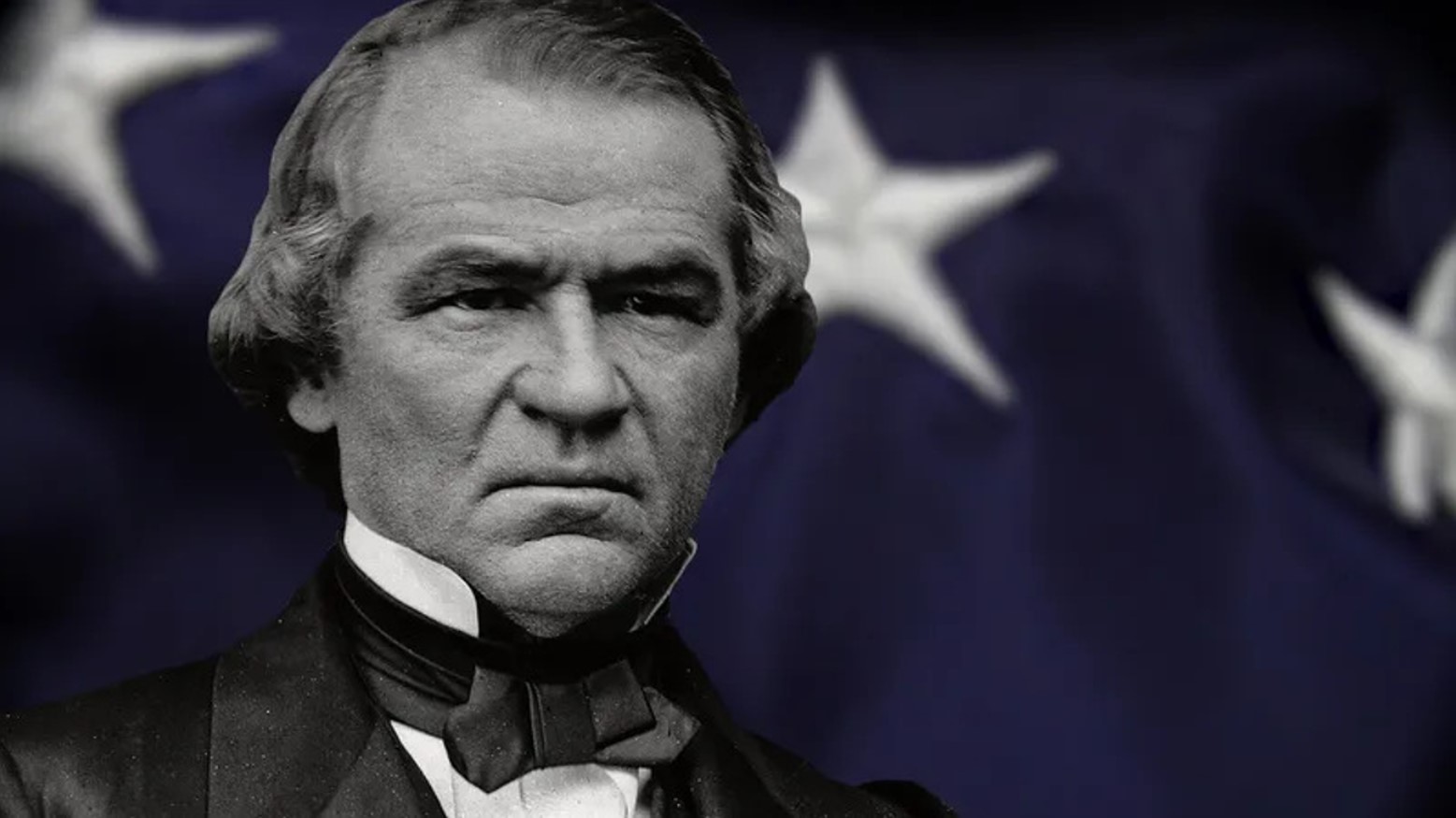
Source: Britannica
Johnson famously said, “This is a country for white men, and by God, as long as I am President, it shall be a government for white men,” and was a staunch supporter of slavery. He vetoed the Civil Rights Bill and refused to compromise with Congress on any legislation at all, making him undoubtedly one of the worst presidents of all time.
Post-Civil War Reconstruction Failures
Andrew Johnson’s approach to Reconstruction was characterized by leniency towards the South and an opposition to civil rights for freed slaves.
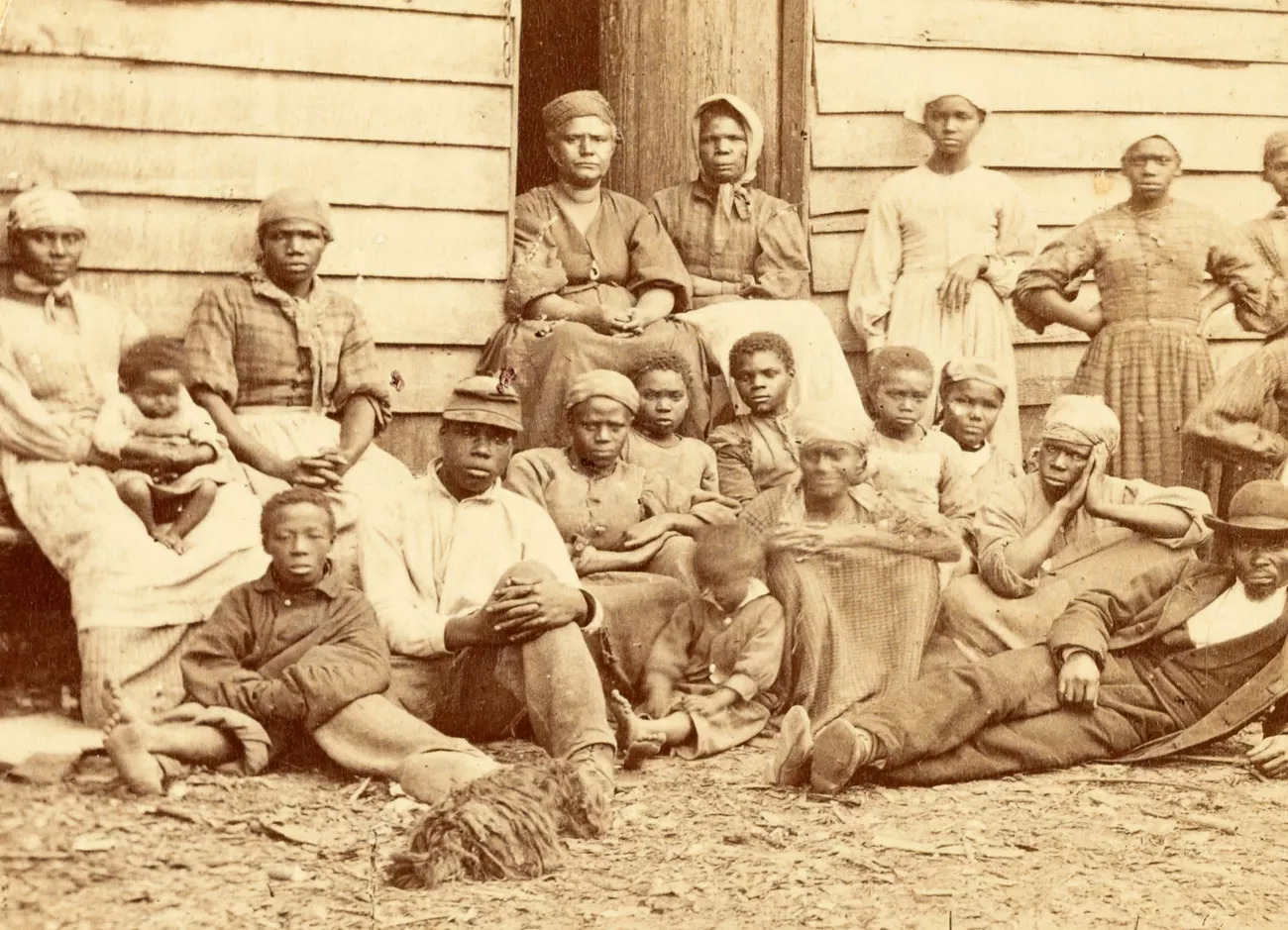
Source: Library of Congress
His policies failed to address the needs of newly emancipated African Americans and set back efforts to rebuild and integrate the Southern states into the Union post-Civil War.
Donald Trump: The Most Controversial President of All Time
Depending on which way you swing, it may or may not come as a surprise that Donald Trump has made the list as one of the worst presidents of all time. However, there is no doubt that Trump is one of the most controversial presidents of all time. Some Americans absolutely love the Republican businessman, while others detest him.
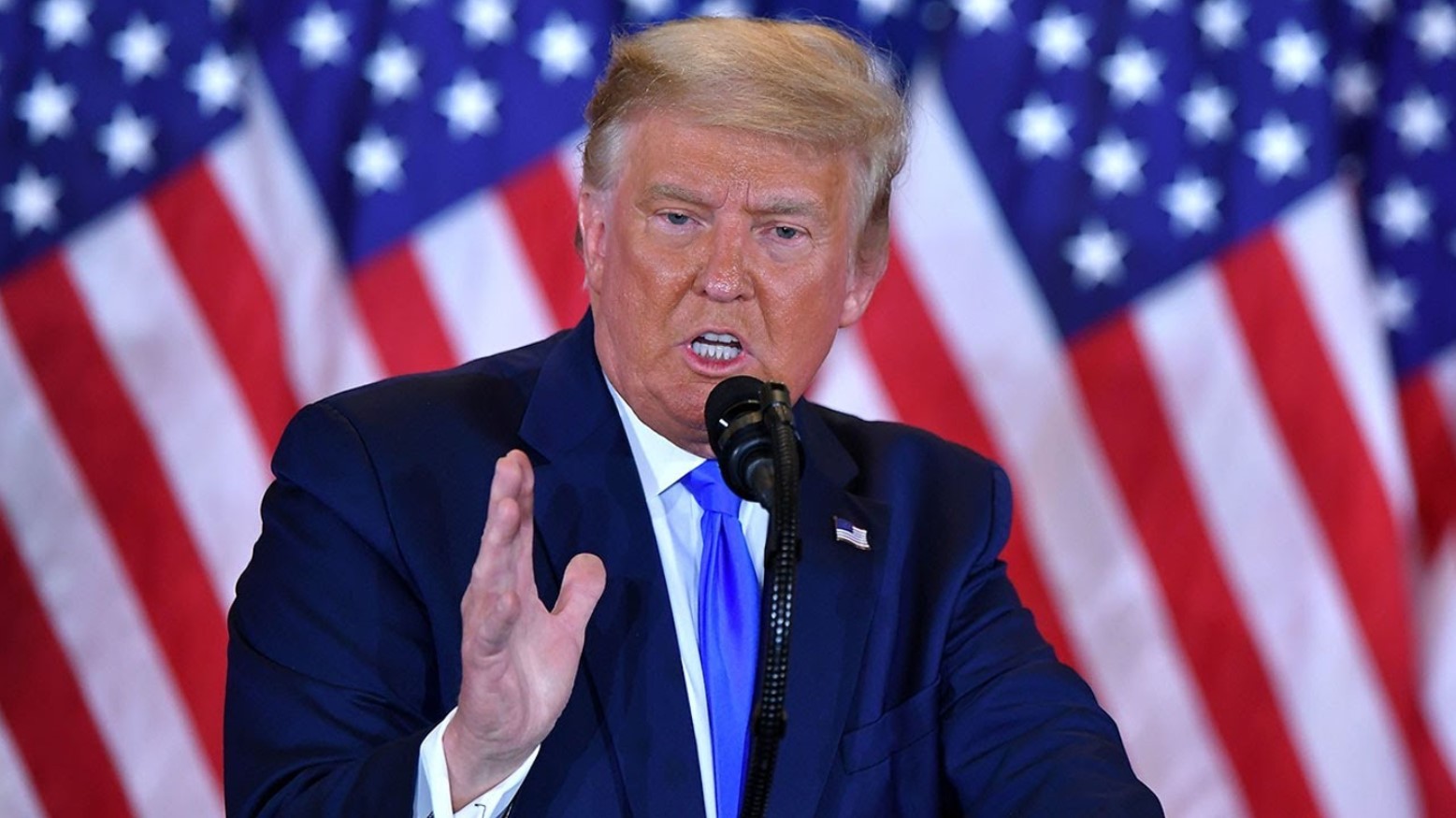
Source: @TheTelegraph/YouTube
Those who agree he was one of the worst presidents of all time argue that he did little to nothing to protest Americans and their economy from the COVID-19 pandemic, that he egregiously attacked the working class, stopped funding for Social Security, and took away Americans’ right to healthcare, just to name a few.
Handling of Environmental Regulations and Climate Change
Donald Trump’s presidency saw significant rollbacks in environmental protections and a notable withdrawal from the Paris Climate Agreement.
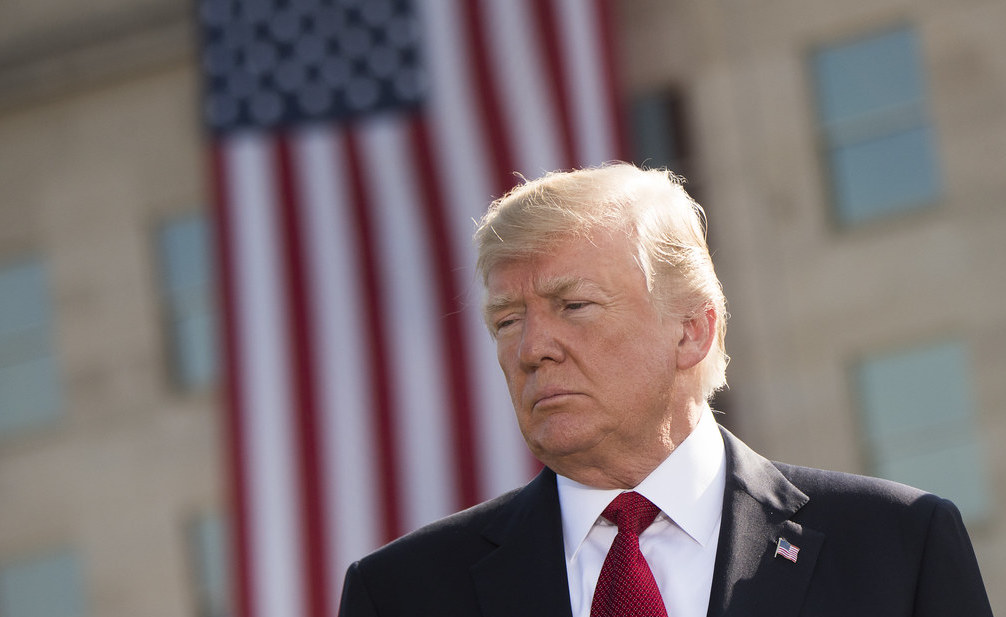
Source: Chairman of the Joint Chiefs of Staff/Flickr
These actions were criticized for undermining global and domestic efforts to combat climate change, reflecting a broader trend in his administration’s deregulatory agenda.
James Buchanan: The Worst President in History
According to a survey conducted by US News, these nine men were the nine worst presidents of all time, but James Buchanan beat them all.
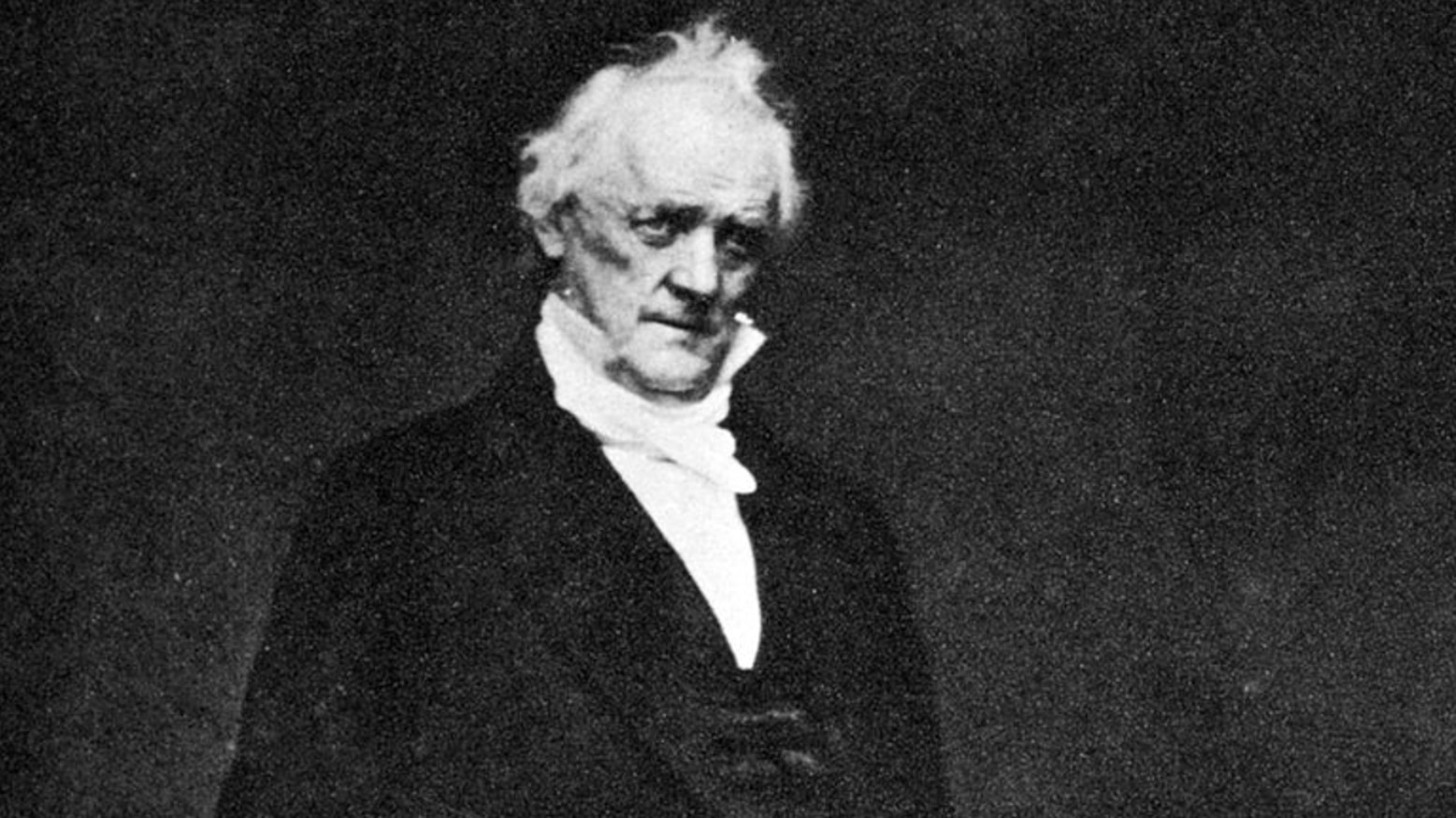
Source: Wikipedia
Buchanan is best known for being the president before Abraham Lincoln, and although that is certainly a tough spot to be in, as Lincoln is widely considered one of the best presidents of all time, Buchanan made his fair share of mistakes. He supported slavery, allowed the Southern states to secede, put the country at risk of civil war, and completely failed to keep the nation’s finances in order.
Dred Scott Decision and the Division of the Union
James Buchanan’s tenure is marred by his influence on the Supreme Court’s Dred Scott decision, which stated that African Americans could not be citizens and had no rights to sue in federal court.
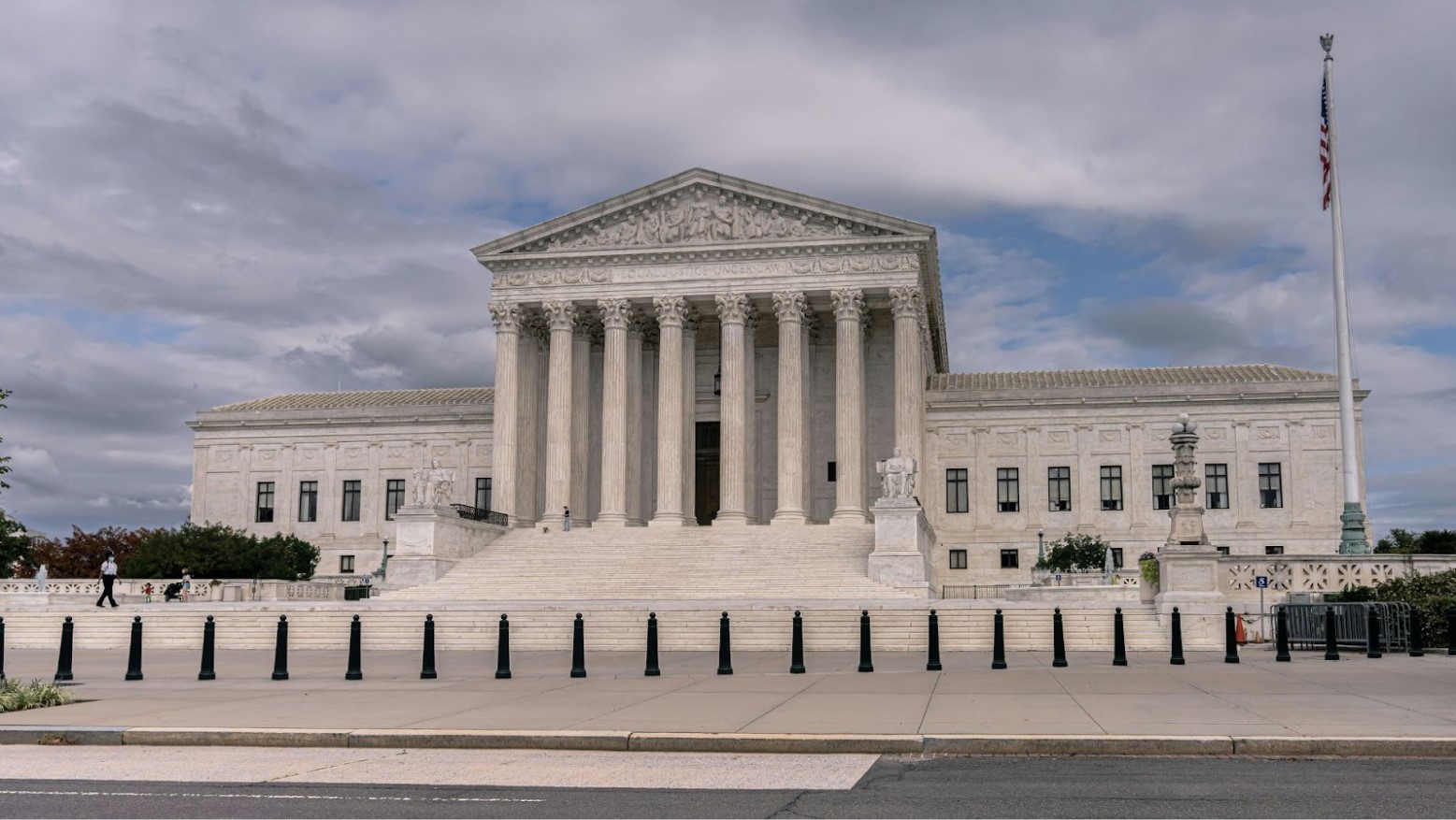
Source: Adam Michael Szuscik/Unsplash
This decision, alongside his ineffective leadership, pushed the nation closer to division and civil war.
Who Sits in the Oval Office Really Does Matter
It can often feel as though whoever sits in the Oval Office is just a puppet in the world of political corruption. However, it’s important to understand that the person we elect as president absolutely does matter and can greatly affect the well-being of the nation.
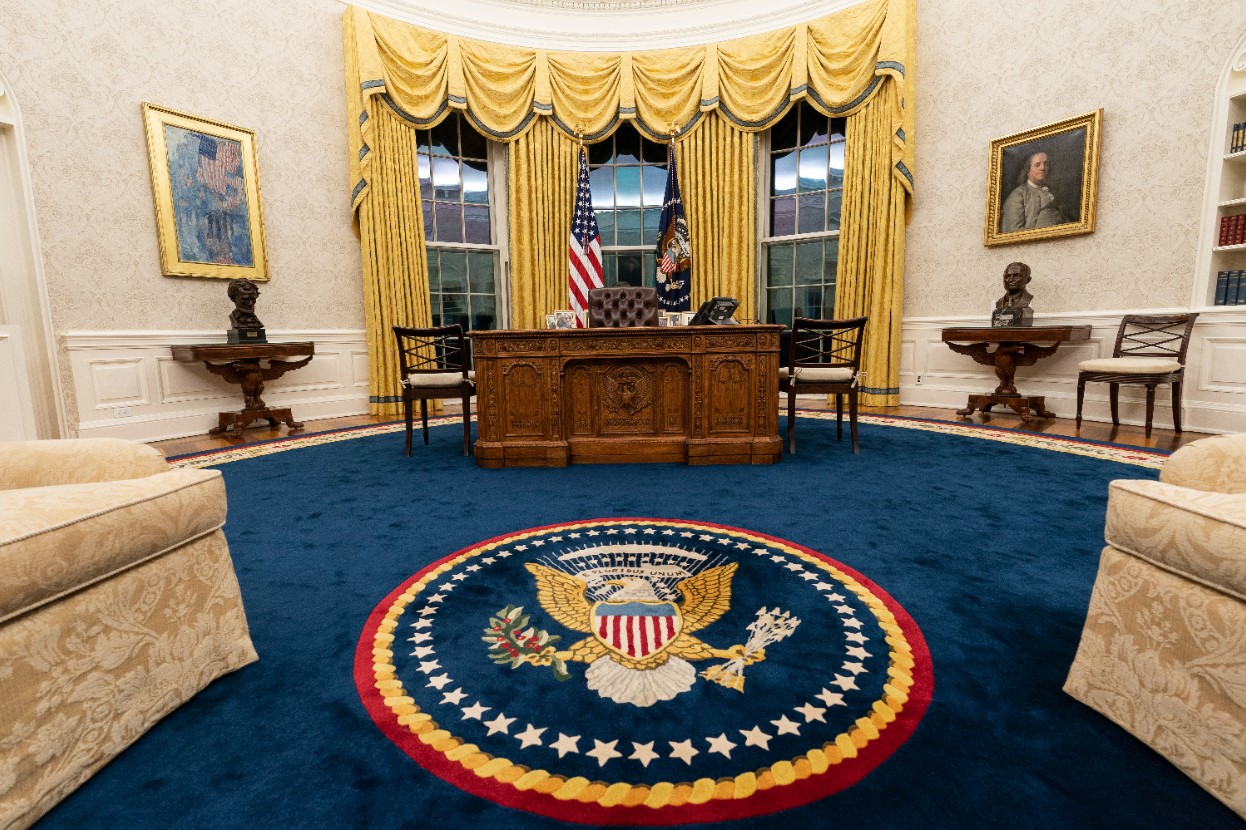
Source: Wikipedia
With the presidential election right around the corner, it’s more important than ever before that Americans understand the long history of its presidents and, specifically, who the worst presidents were.
How Modern Presidents Can Avoid Becoming Notoriously Unfavorable
Modern presidents can steer clear of infamy by prioritizing transparency, upholding ethical standards, and actively engaging with diverse viewpoints to ensure well-rounded decision-making.
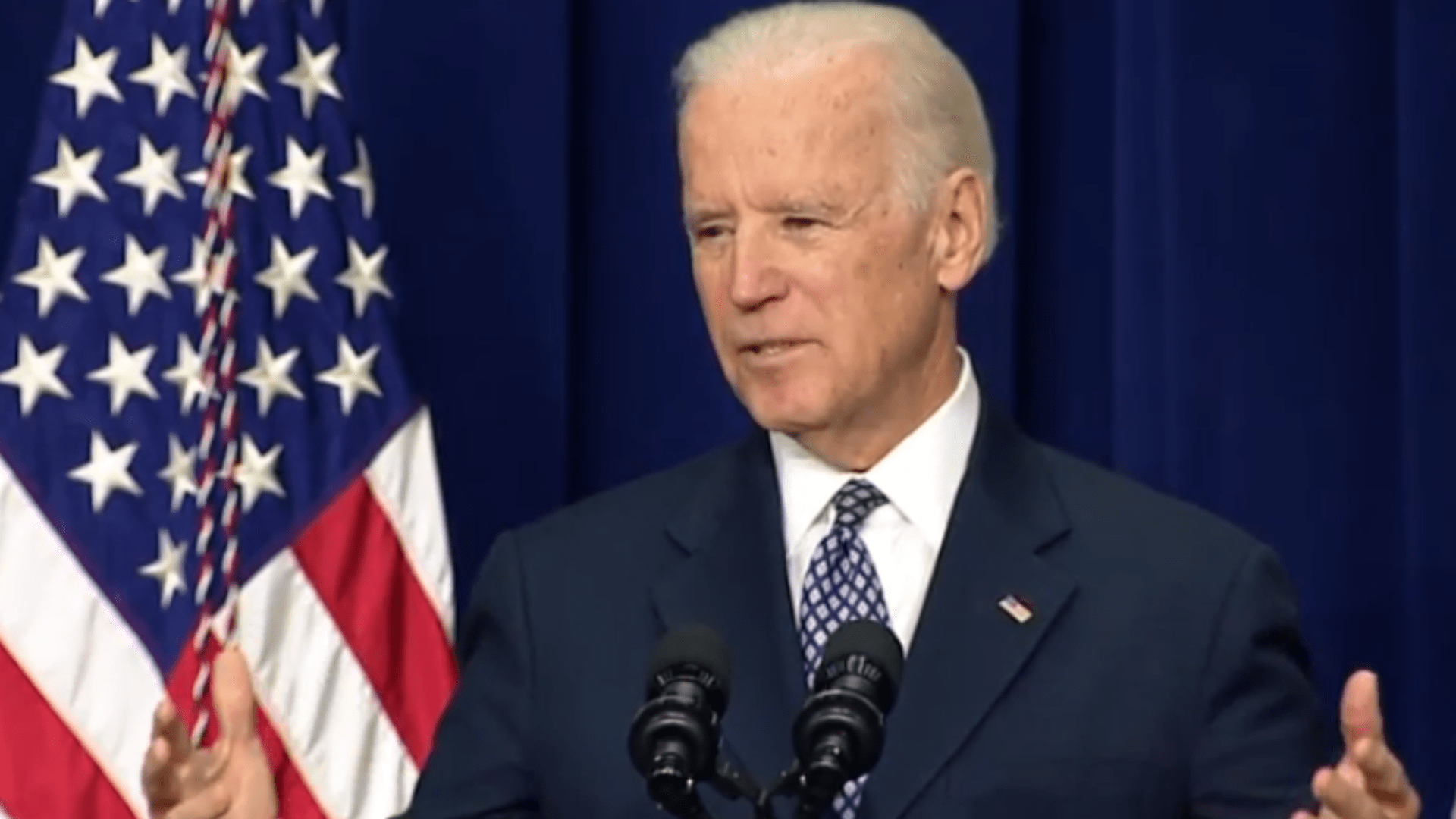
The White House/Wikimedia Commons
Emphasizing effective communication and crisis management skills is essential, as is the ability to adapt to changing national and global landscapes.
A Balanced Approach
Importantly, fostering unity and addressing the nation’s core issues proactively can help modern leaders avoid the pitfalls that marred the reputations of their predecessors.
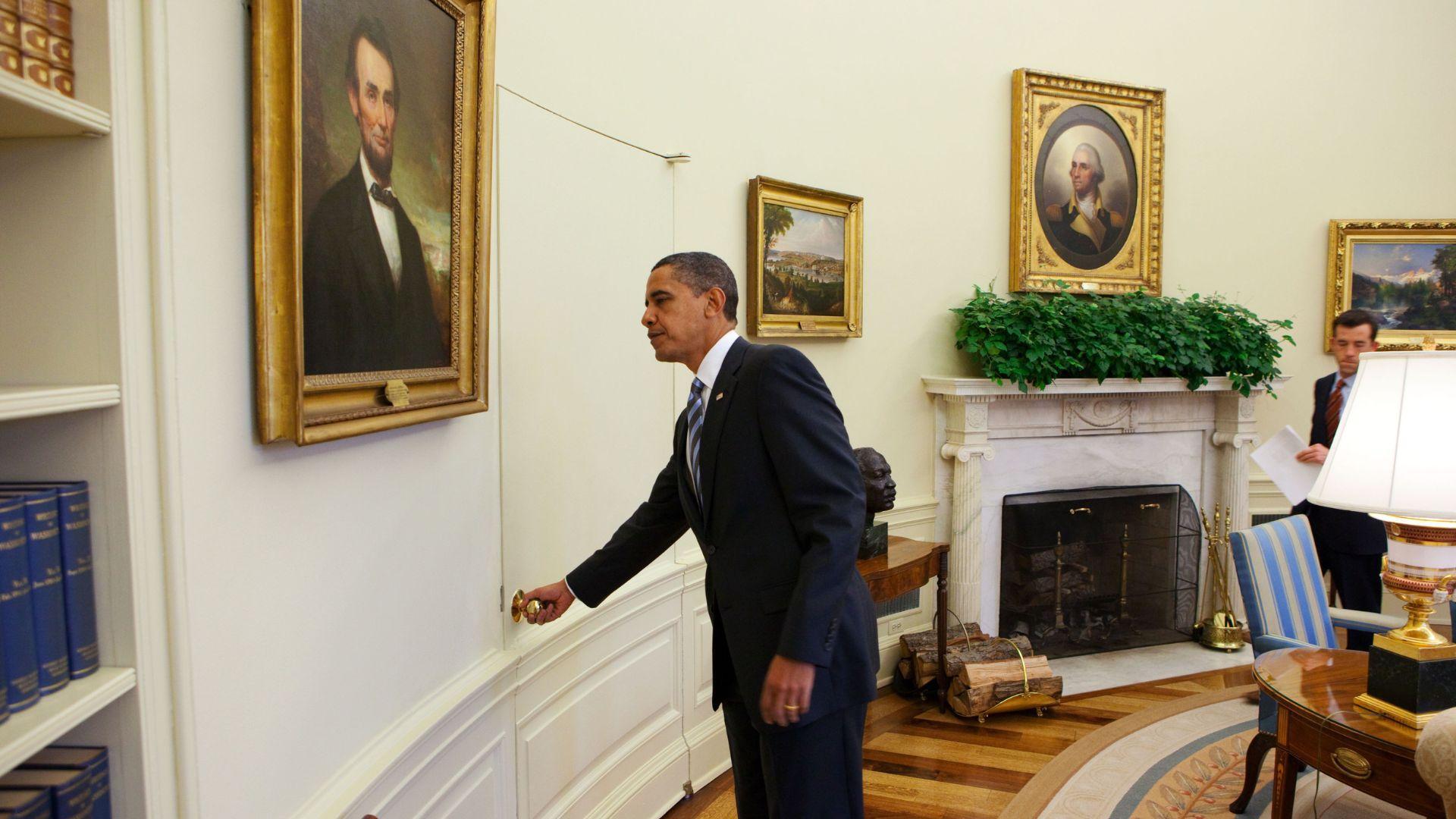
Source: Public Domain/Wikimedia Commons
This approach not only aids in effective governance but also in maintaining the trust and respect of the electorate.
